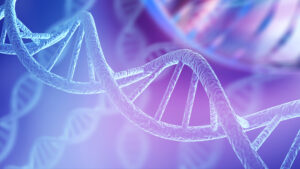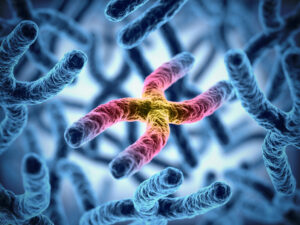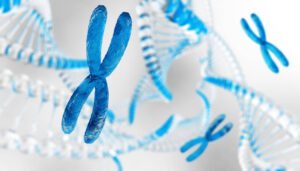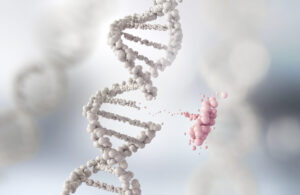
What is Autosomal Dominant Inheritance?
Autosomal dominant inheritance is a type of genetic inheritance and it explains how a gene mutation is passed down from parent to child. When it comes to autosomal dominant inheritance, just one copy of the gene mutation is enough to cause the related rare disease or genetic syndrome. This consequently means that a child, with […]










